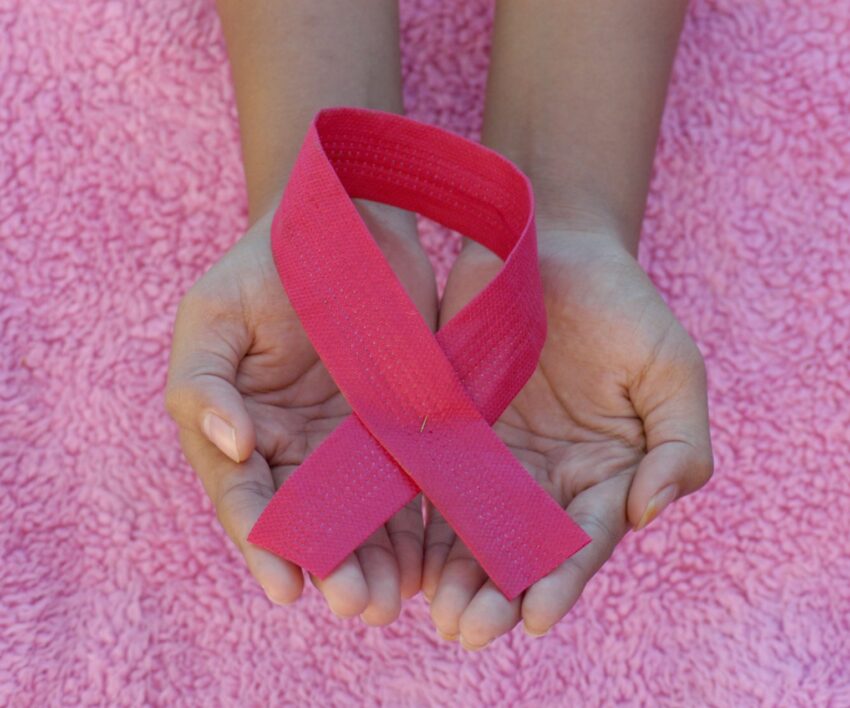
Every October, pink ribbons take over South Africa as Breast Cancer Awareness Month shines a spotlight on early detection and treatment. But despite decades of awareness campaigns, stubborn myths continue to spread in homes, workplaces and even on social media. These misconceptions don’t just cause confusion; they can delay diagnoses and cost lives.
Let’s separate fact from fiction and look at the myths that need to be put to rest once and for all.
1.Bigger Breasts, Bigger Risk?
This one is still whispered in salons and WhatsApp chats: the bigger the breast, the higher the risk. The truth? There’s zero scientific evidence that cup size matters. What does matter is breast density and obesity, both known to increase risk.
2.Only A Family Thing
Many South Africans believe breast cancer runs only in families. While family history does increase risk, the majority of women diagnosed have no such link. In fact, only 5 to 10% of cases are genetic. That means everyone needs to take screenings seriously, not just those with relatives who’ve battled the disease.
3.Too Young To Worry?
There’s a dangerous myth that breast cancer only happens to older women. While risk does rise with age, young women are not immune. Increasingly, South African women under 50 are being diagnosed each year. Awareness and self-checks should start early, not later.
4.A Disease For White Women?
For years, a false belief circulated that breast cancer mostly affected white women. Research has shown otherwise. South African scientists have even identified new breast cancer genes in black women, proving that the disease crosses all racial lines. In communities where healthcare access is limited, this myth can prevent women from seeking help in time.
5.Men Are Immune? Think Again
It may surprise many, but men can and do get breast cancer. Because they also have breast tissue, hormonal changes or genetic mutations can trigger the disease. Sadly, because of stigma, men often delay seeking help, leading to late diagnoses.
6.A Lump Is The Only Warning Sign
The “lump equals cancer” belief has been around for decades, but it’s only part of the picture. Other symptoms like nipple discharge, swelling, dimpling, rashes, or changes in breast shape can all be red flags. And not all lumps are cancerous. That’s why professional check-ups are essential.
7.Underwire Bras Cause Cancer?
This one pops up regularly online. The theory claims underwires block lymph flow, raising cancer risk. Medical research has found no such link. Bras don’t cause breast cancer – end of story.
8.Phones In Bras Are Dangerous?
Another modern myth suggests keeping your cellphone in your bra increases your risk. While there’s no proof of a connection between cancer and phone signals, doctors do advise against it – but only because prolonged contact can cause skin irritation or burns.
The Bigger Picture
Social media in South Africa often lights up with heated debates around these myths every Breast Cancer Awareness Month. Some joke about “pinkwashing,” while others share moving survivor stories that highlight how misinformation delayed their diagnoses. The lesson is clear: credible medical advice saves lives.
If you’re unsure about something you’ve heard, don’t rely on Google or a Facebook post. Speak to your doctor or a specialist. With breast cancer, knowledge and early detection remain the most powerful weapons.
Takeaway
Don’t let myths decide your health choices. Share the facts, support awareness drives, and encourage regular check-ups – because every South African life saved is worth the conversation.
Source: The South African
Image Source: Photo by Angiola Harry on Unsplash




